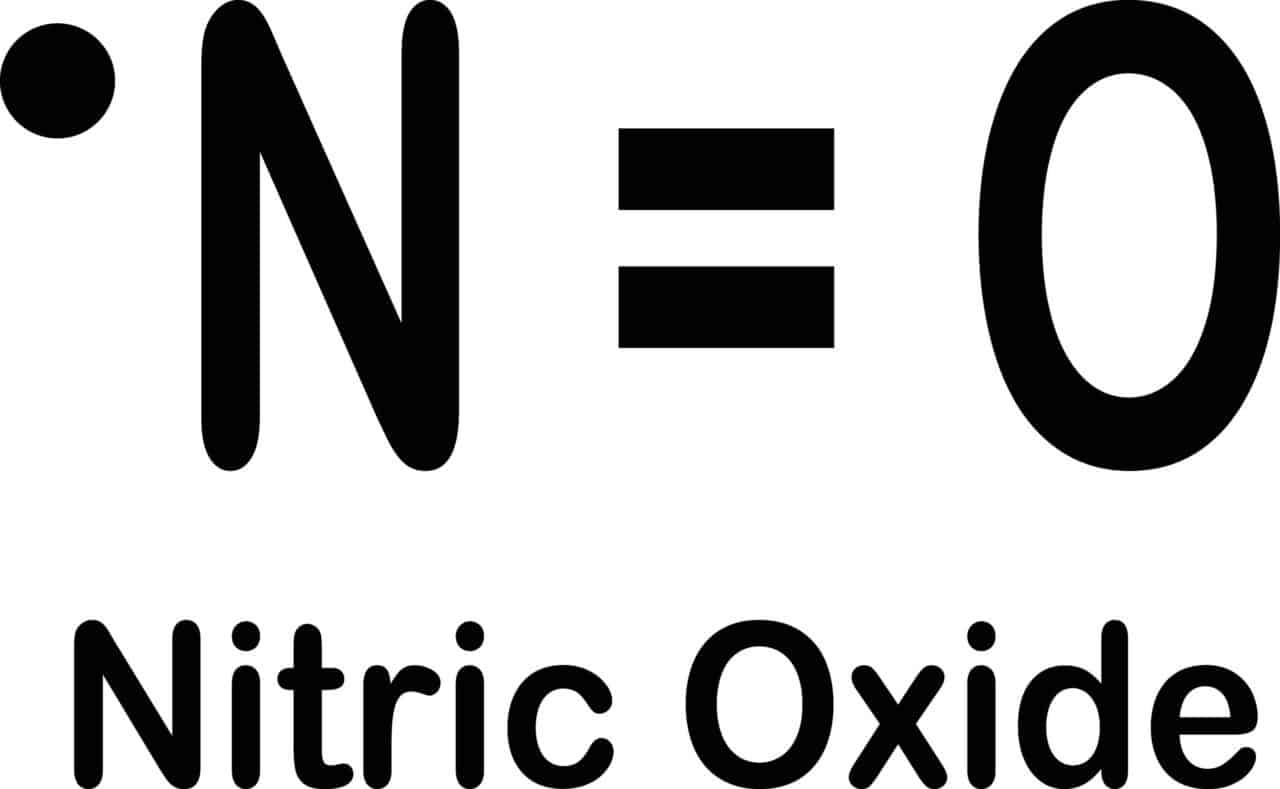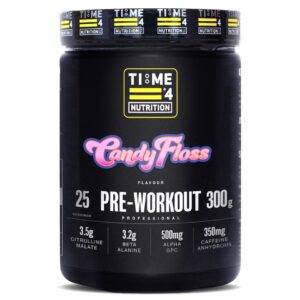Is Mouthwash Killing Your Pump?
THE BENEFITS OF NITRIC OXIDE: Is Mouthwash Killing Your Pump?
The Benefits of Nitric Oxide.
(Click on the Reference Numbers in Blue for More Info)
This may sound like a joke or click bait, but as strange as it seems, there is some good science to show that if you use mouthwash, you may not only be killing your pump in the gym but you may also be increasing your risk of developing a number of chronic diseases, and perhaps even of dying prematurely.
Before we can begin to look at the research, you need to understand a little bit of science. The first relates to a substance known as nitric oxide. This is a molecule formed from the amino acid arginine, oxygen and several other substances, which causes vasodilation, or opening, of the of blood vessels by relaxing the smooth muscle in the walls of the blood vessels. It is this increase in blood into the muscle when exercising that is responsible for the phenomenon commonly referred to as the ‘pump’.
The technical term for this effect is ‘transient hypertrophy’. It is due primarily to fluid retention in the muscle known as oedema. In addition to its role in the ‘pump’, nitric oxide also plays an essential role in multiple physiological processes. Consequently, a reduction in its availability is implicated in a variety of health problems.
The next piece of science relates to the oral microbiome. In short, this refers to the various bacteria in the mouth. Although some bacteria are detrimental to good health, the importance of ‘good’ or ‘friendly’ bacteria is now widely acknowledged. This has led to the rise in popularity of probiotic products, such as live yoghurt drinks.
Although we still do not fully understand the relationship between health and friendly bacteria, it is clear that the microbiome and its host have a symbiotic relationship. This means that both parties benefit from the presence of the other: The host provides a favourable environment for the bacteria to flourish and in turn, the bacteria perform various important functions.
When the quantity and proportion of the friendly bacteria are reduced, the harmful strains and pathogens are allowed to grow unchecked. This can result in an imbalance known as dysbiosis, which is associated with poor health.
The gut microbiome contains an estimated 500–1000 species and 100 trillion organisms, the importance and function of many of which have received considerable attention. On the other hand, the microbiome of the mouth has largely been ignored until recently (1).
Now a number of studies have shown that the composition of the oral microbiome can have serious implications for not only health, but also exercise performance (1,2,3,4,5).
THE BENEFITS OF NITRIC OXIDE Understanding the bacteria of the mouth
The mouth is an important habitat for microbes, and a healthy mouth can contain over 700 different species and upwards of ten billion individual bacteria that colonise the teeth and the soft tissues of mouth (1).
It has long been known that lifestyle-driven dysbiosis of the oral microbiome can result in conditions such as cavities and gum disease (1). Recently, it has been established that several species of bacteria are capable of reducing nitrate which is key to the production of nitric oxide. As human cells have a limited capacity to reduce nitrate, there is evidence to suggest that the composition and activity of bacteria inside the mouth may contribute to the regulation of cardiovascular and metabolic health (1,2,3).

How does nitric oxide affect exercise performance?
Nitric oxide is not just important for giving you a ‘pump’ but is also an important ergogenic molecule because it controls oxygen delivery and utilisation for the production adenosine triphosphate (ATP). This is a high-energy molecule found in the cells of the body. Its job is to store and supply the cell with energy when needed, such as during exercise.
Nitric oxide also plays an important role in increasing the number of mitochondria in the cells. These are tiny organs known as the ‘powerhouses of the cell’ as they provide 90% of the energy needed to sustain life. They convert the food we eat into ATP which can then be used by the cells of the body to fuel their various functions.
In addition, nitric oxide modulates contractile function, hormone regulation, and local circulation in skeletal muscle. Consequently, the activity of the oral microbiome can influence both the acute responses and long-term adaptations to exercise (1).
A review by Senefiled et al., (2) highlighted several studies that demonstrate the beneficial effects of nitrate supplementation for a range of exercise types and under environmental conditions. While Thomas and colleagues (3) found a positive association between oral nitrate reduction capacity (the amount by which a nitrate solution is reduced to nitrite inside the mouth) and markers of aerobic fitness, specifically oxygen uptake and peak power output. I.e., greater nitrite levels, resulted in greater aerobic performance.
The link between antiseptic mouthwash and nitric oxide
So far, we have seen that nitric oxide is important for both health and performance and that certain bacteria in the mouth play an important in the production of nitric oxide. Now we come to the link between mouthwash and nitric oxide.
In short, the purpose of antiseptic mouthwash is to kill bacteria. Unfortunately, it not only kills harmful bacteria, but also the nitrate-reducing bacteria, which in turn decreases nitric oxide bioavailability (4). For example, just rinsing with antiseptic mouthwash prior to a treadmill run has also been shown to impair post-exercise muscle oxygenation, due to reduced nitric oxide production and the consequent effects on vasodilation (5).

THE BENEFITS OF NITRIC OXIDE: Mouthwash and the increased risk of disease
As disturbing as the negative impact of antiseptic mouthwash on nitric oxide production and subsequently exercise performance may be, there is an increasing body of research that demonstrates the potentially life-threatening consequences of this everyday product.
Continuous generation of nitric oxide is essential for the health and function of the cardiovascular system, and decreased production or bioavailability of nitric oxide is implicated in the development of many conditions, including arterial disease, diabetes, and sepsis (6).
For example, the results of a study by Kapil and colleagues showed that use of antiseptic mouthwash for just 7 days caused a decrease in nitrite levels, which accompanied an increase in blood pressure (7), a major risk for cardiovascular disease.
Joshipura et al., (8) also investigated the effects of mouthwash on blood pressure. The results showed that those individuals who used mouthwash twice per day or more had a higher incidence of high blood pressure compared to less frequent users and more than twice that of non-users.
Interestingly the results of a study on the effects of mouthwash on pre-diabetes and diabetes showed that while mouthwash use was associated with an increased risk of these conditions, using it less than twice per day showed no association, suggesting a threshold effect at twice or more daily (4).
For some time now, the scientific literature has also shown an association between antiseptic mouthwash and increased mortality risk in hospital patients. However, a clear mechanism to explain this phenomenon has been lacking, which has led to controversy and a reluctance to stop or limit the use of antiseptic mouthwashes in hospitals (6).
A study by Blott (6) suggests that a disturbance in nitric oxide balance by antiseptic mouthwashes may be responsible for the observed increase in mortality risk. This is due to antiseptic mouthwashes eradicating the oral bacteria that play an essential role in the nitric oxide-generating pathway, which may result in nitric oxide-deficient conditions potentially leading to life-threatening complications such as cardiovascular disease and sepsis.
The size of the problem
In the US, over 180 million Americans use mouthwash on a daily basis, and in 2015 alone, approximately 269 million antibiotic prescriptions were dispensed in the United States, which is enough for five out of every six people to receive one antibiotic prescription each year (1). With this high prevalence of antibiotic and antiseptic mouthwash use, it is possible that over half of the population has a limited capacity to reduce dietary nitrate. This means that although they may be consuming what is considered a healthy diet with sufficient nitrate, they are unable to benefit from increased nitric oxide production due to lack of nitrate reduction by bacteria (1).
THE BENEFITS OF NITRIC OXIDE: How long to recover?
If you use mouthwash regularly, you may be thinking how long will take to restore my mouth microbiome function back to healthy levels if I stop using it? Unfortunately, the exact time required has not been identified. However, there is some evidence that suggests nitrate reducing function is restored 3-days after mouthwash use (2)

Conclusion
The science shows us quite clearly that while oral hygiene is important for both good dental and general health, certain bacteria in the mouth play an essential role in the body’s production of nitric oxide. Consequently, disturbing the function of these ‘friendly bacteria’ by the use of antiseptic mouthwash can result in a reduction of nitric oxide availability, increasing the risk of potentially life-threatening complications and reducing physical performance.
It is important to note that this article is not intended as medical advice, and if you have been recommended to use a mouthwash by a health care professional, you should discuss the issue with them before stopping its use. However, if this does not apply to you, it may be worth reconsidering your use of antiseptic mouthwash. As we have seen, there is more at stake than just losing your ‘pump’.
To learn more about nitric oxide and how you can increase your levels check out the following article.

